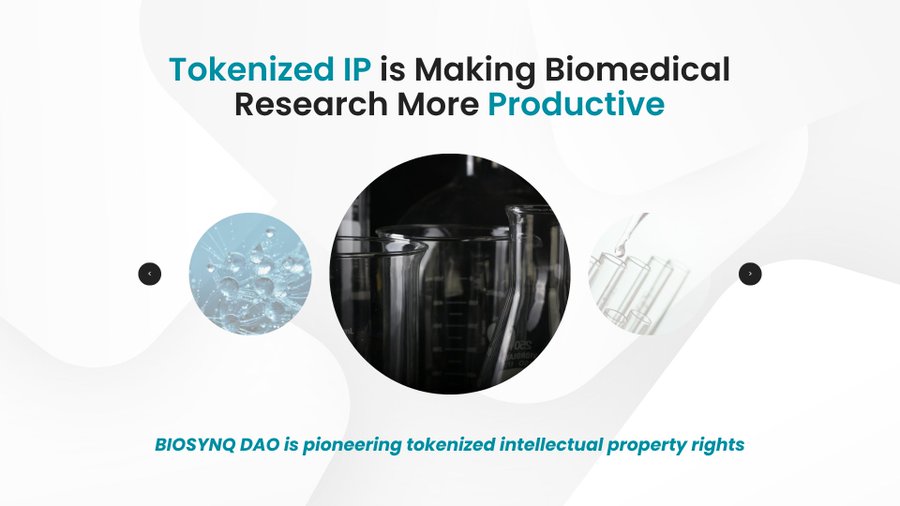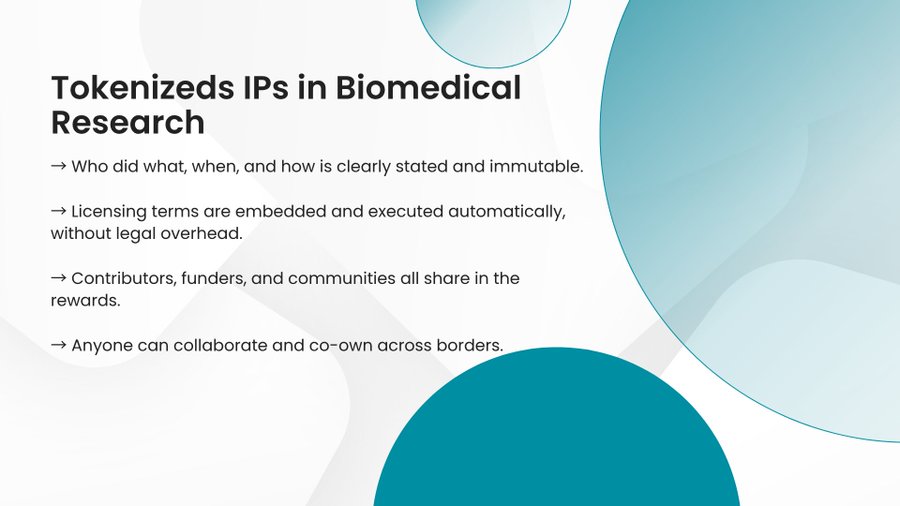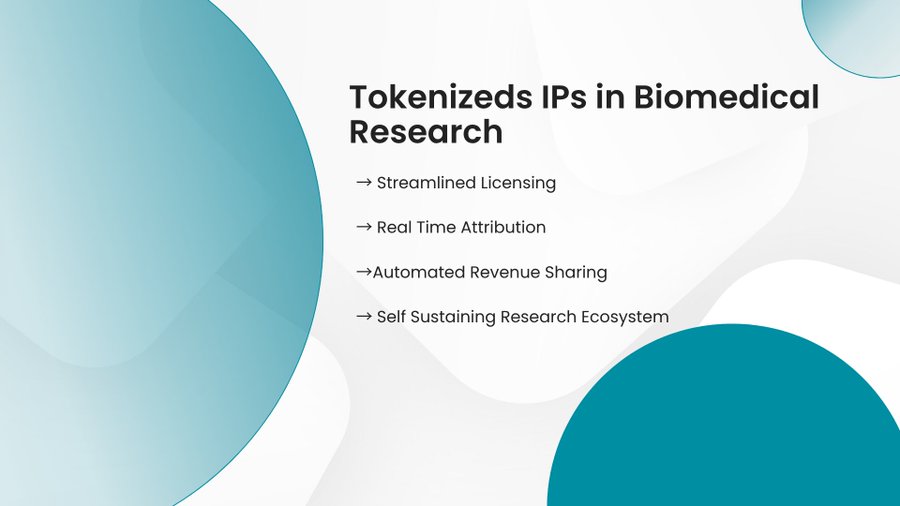Tokenized IP is Making Biomedical Research More Productive
One of the many reasons why groundbreaking innovative ideas stagnate is the infrastructure around the movement from lab discovery to real-world impact.
Aside from the problem of lengthy development cycles and bottlenecks in funding, intellectual property (IP) hoarding and a persistent lack of recognition and reward for contributors seem to be the biggest challenges.
More than just the delays associated with these issues, they disincentivize collaboration, stifle innovation, and leave valuable research outputs unrecognized, underfunded, and ultimately underutilized.
In traditional research ecosystems, intellectual property rights operate through centralized institutions, typically universities, research centers, or private companies, that retain ownership of innovations developed under their umbrella. Licensing these assets often requires lengthy legal negotiations, complex paperwork, and restrictive terms that prioritize institutional interests over accessibility.
This system creates several challenges for biomedical research, where time-sensitive discoveries and collaborative efforts are essential. Early-stage researchers and contributors, who play a critical role in generating foundational knowledge, are frequently excluded from future gains once an asset is commercialized.
How does tokenized IP make this all go away?
Tokenized IPs are programmable representations of scientific work, governed by smart contracts that automate licensing and royalty distribution. They convert intellectual property assets like patents, datasets, or research papers into non-fungible tokens (NFTs). These NFTs carry embedded metadata like contributor identities, licensing terms, timestamps, and usage permissions.
In contrast with traditional research ecosystems, with tokenized IP:
→ Who did what, when, and how is clearly stated and immutable.
→ Licensing terms are embedded and executed automatically, without legal overhead.
→ Contributors, funders, and communities all share in the rewards.
→ Anyone can collaborate and co-own across borders.
And yes, systems like this already exist. @Biosynq_ai
is in the business of using tokenized intellectual property to fix how ownership and royalties work in biomedical research. With BIO SYNQ, research outputs are minted as NFTs, each carrying metadata that records contributors and licensing terms.
When a tokenized asset generates royalties, 30% goes to scientists, 30% to funders, 20% to the DAO treasury, and 20% to $BIOS token holders.
Imagine a new Alzheimer’s therapy is developed and patented within BIO SYNQ DAO. Instead of waiting years for institutional licensing deals, the IP is minted as an NFT. A pharmaceutical company licenses it, triggering a smart contract. The resulting royalties are instantly distributed to the scientists, early funders, and community members who believed in the work early on.
That is the productivity and speed we are talking about.
How does tokenization with DAOs like BIO SYNQ DAO improve the quality of biomedical research?
► it streamlines licensing by embedding terms directly into NFTs, eliminating the need for lengthy negotiations with tech transfer offices or legal teams. This reduces friction and significantly accelerates the transition from research to application.
► it ensures real-time attribution by immutably recording all contributors, including principal investigators and research assistants at the point of creation, not just publication.
► it enables automated revenue sharing through smart contracts, which distribute proceeds instantly and transparently based on predefined ratios.
►it supports seamless cross-border collaboration, allowing researchers across continents to co-own and contribute to a dataset without the legal complexities that often hinder international partnerships.
I think the most exciting part for me is that tokenized IPs create a regenerative funding model. Instead of royalties being absorbed by institutions, a portion is routed back into the DAO’s treasury, where it can be used to support future research, creating a self-sustaining innovation ecosystem.
This is what we mean when we say the future of research is onchain, and DeSci is inevitable.
Join the BIO SYNQ DAO movement today, and help make biomedical research more productive and self-sustainable.
Website: https://biosynq.xyz
Whitepaper: https://biosynq.xyz/whitepaper.pdf
Litepaper: https://biosynq.xyz/Pitch-Deck-Biosynqdao.pdf…
Twitter: https://x.com/biosynq_ai
Telegram: https://t.me/biosynqai




































